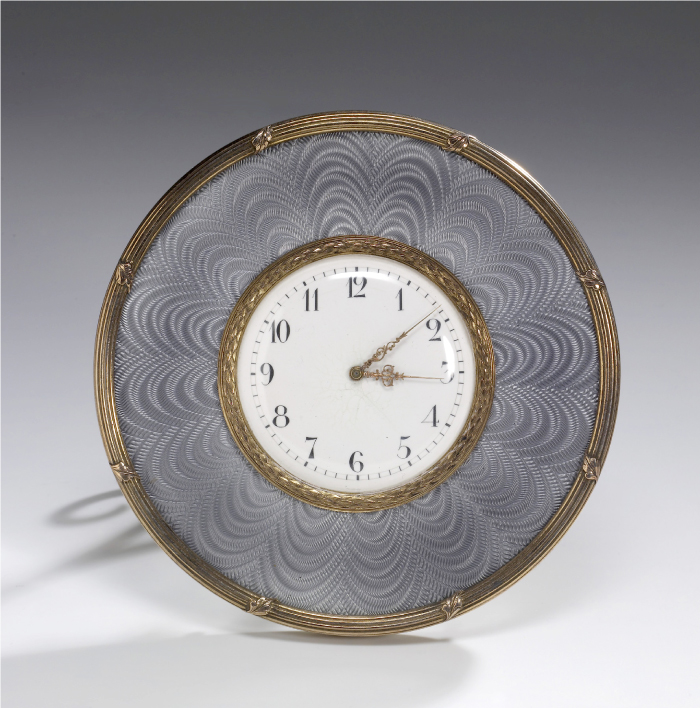
Imagination knows no bounds, no age, no culture.
Artists from all over the world have created majestic creatures,
witness them in their full splendor in FANTASY Gallery.
Imagination knows no bounds, no age, no culture.
Artists from all over the world have created majestic creatures, witness them in their full splendor in FANTASY Gallery.
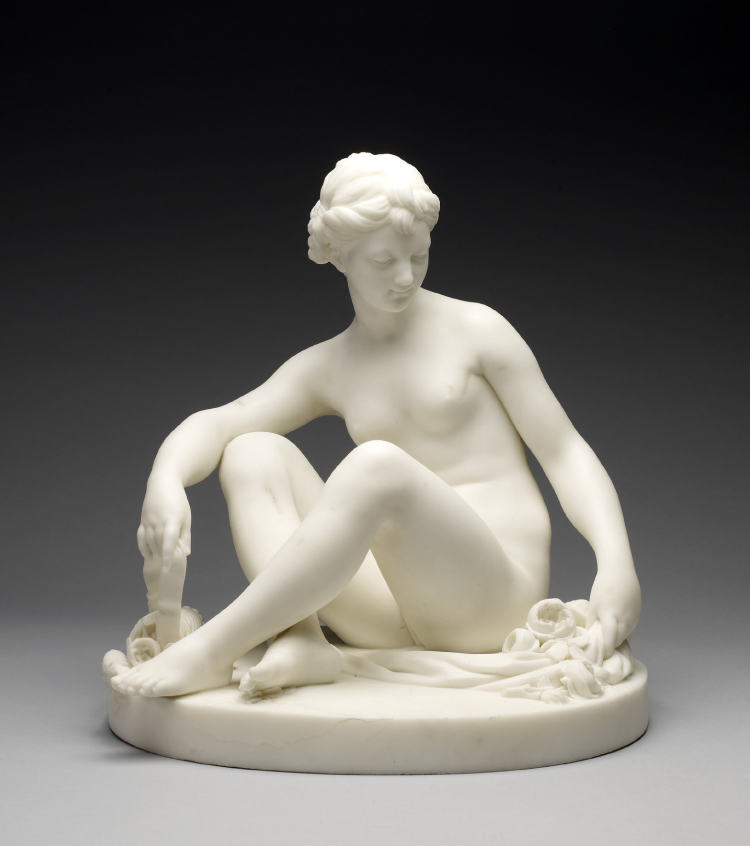

Jean Pierre Antoine Tassaert after 1769 France
Jean Pierre Antoine Tassaert after 1769 France
Jean Pierre Antoine Tassaert
after 1769 France
Venus, the goddess of love, inspires countless works of art. Here in Jean Pierre Antoine Tassaert’s piece, Venus is shown seated on the ground with roses and drapery around her.
Venus, the goddess of love, inspires countless works of art. Here in Jean Pierre Antoine Tassaert’s piece, Venus is shown seated on the ground with roses and drapery around her.
Venus, the goddess of love, inspires countless works of art. Here in Jean Pierre Antoine Tassaert’s piece, Venus is shown seated on the ground with roses and drapery around her.
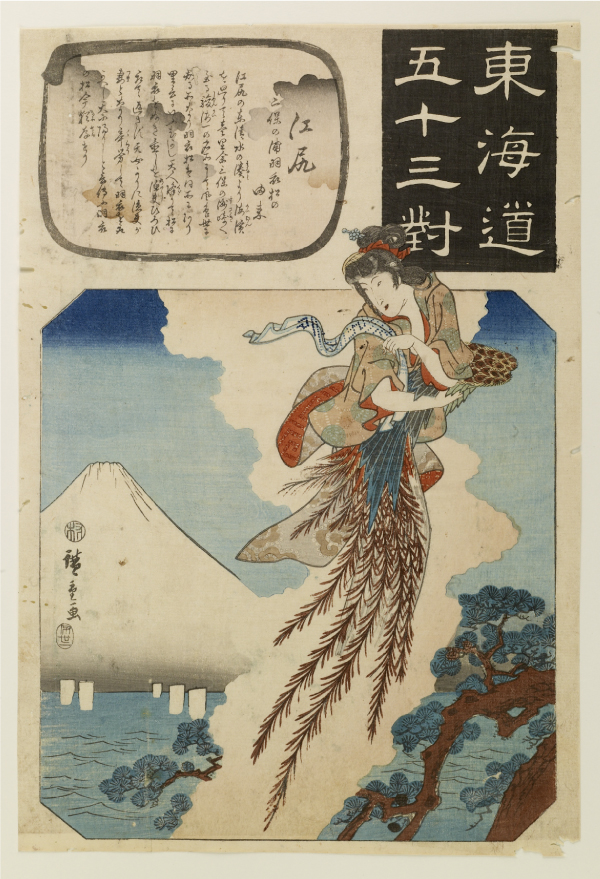
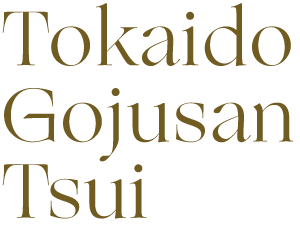
Ando Hiroshige
ca. 1845-1846, Japan
Ando Hiroshige
ca. 1845-1846, Japan
Ando Hiroshige
ca. 1845-1846, Japan
Tokaido Gojusan Tsui is a series of prints from Japan’s Edo era. This particular artwork from Ando Hiroshige shows a fairy taking with her a robe of feathers or “harogomo”.
Tokaido Gojusan Tsui is a series of prints from Japan’s Edo era.
This particular artwork from Ando Hiroshige shows a fairy taking with her a
robe of feathers or “harogomo”.
Tokaido Gojusan Tsui is a series of prints from Japan’s Edo era. This particular artwork from Ando Hiroshige shows a fairy taking with her a robe of feathers or “harogomo”.
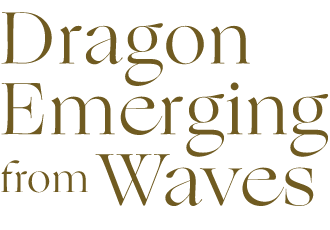
Mid 19th century
Japan
Mid 19th century
Japan
Mid 19th century
Japan
In East Asia on the other hand, the dragon motif
might be more prevalent. The dragon is a symbol
of power and luck, hence its popularity in Asian art.
In East Asia on the other hand, the dragon motif
might be more prevalent. The dragon is a symbol
of power and luck, hence its popularity in Asian art.
In East Asia on the other hand, the dragon motif
might be more prevalent. The dragon is a symbol
of power and luck, hence its popularity in Asian art.
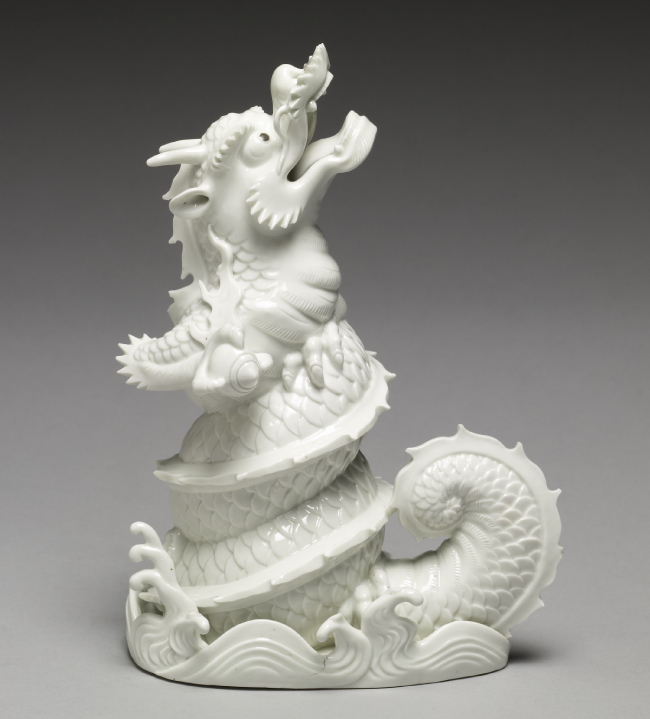
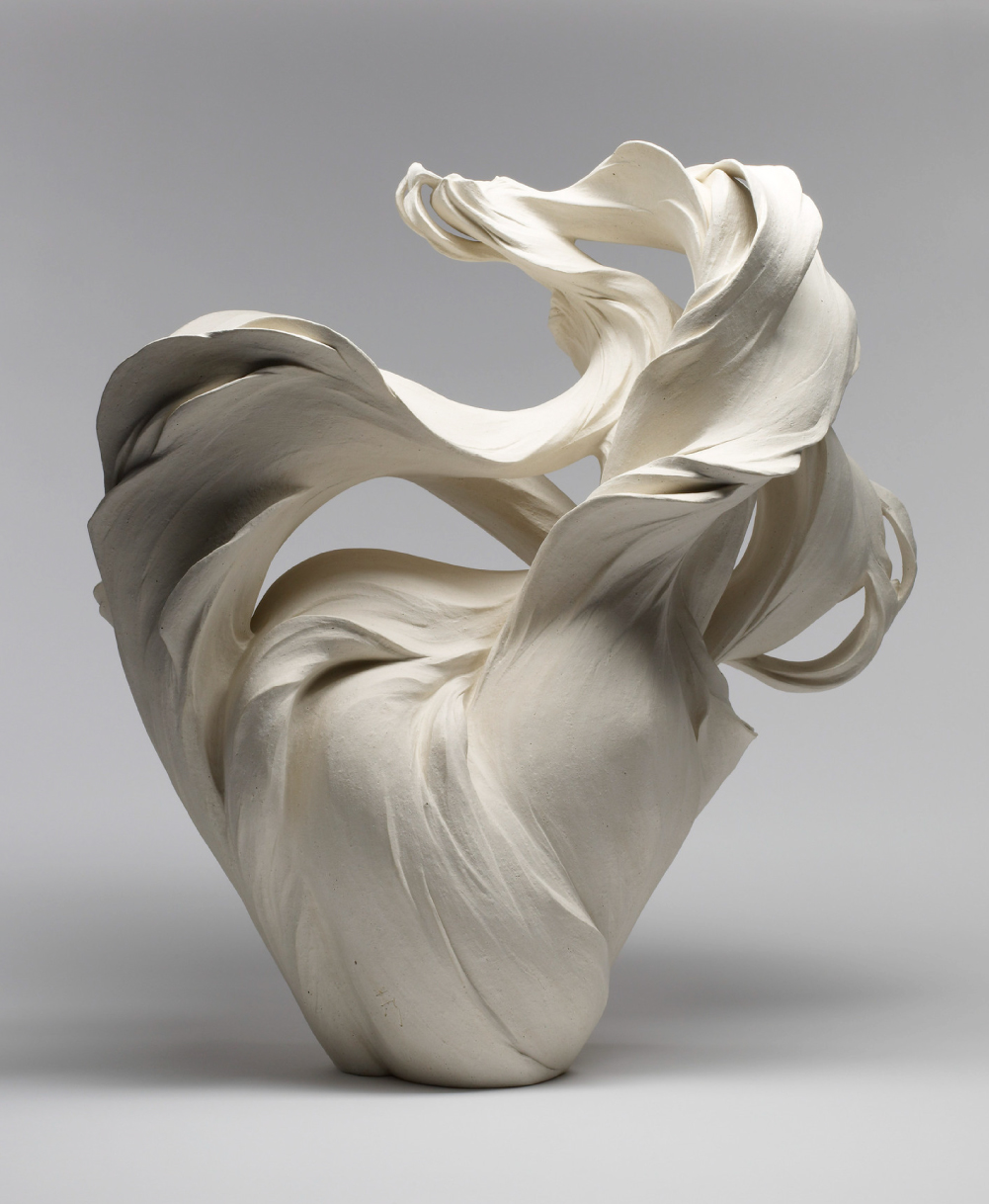

Fujikasa Satoko
2015, Japan
Fujikasa Satoko
2015, Japan
Fujikasa Satoko
2015, Japan
Fujikasa Satoko’s Seraphim is a study on fluidity and motion, an abstract play on imagination.
- It is through my intimate dialogue with my medium that I am able to express nature’s fluid energy. Drawing from both the beauty and the power of this world and the emotional response that they evoke, I hope to convey nature’s life force in the mind of the viewer.
- Fujikasa Satoko’s Seraphim is a study on fluidity and motion,
an abstract play on imagination.
It is through my intimate dialogue with my medium that
I am able to express nature’s fluid energy. Drawing from
both the beauty and the power of this world and the
emotional response that they evoke, I hope to convey nature’s
life force in the mind of the viewer.
- Fujikasa Satoko’s Seraphim is a study on fluidity and motion, an abstract play on imagination.
It is through my intimate dialogue with my medium that I am able to express nature’s fluid energy. Drawing from both the beauty and the power of this world and the emotional response that they evoke, I hope to convey nature’s life force in the mind of the viewer.

Peter Carl Fabergé, Artist
Mikhail Perkhin, Workmaster
House of Fabergé, Manufacturer
1888-1896, Russia
Peter Carl Fabergé, Artist
Mikhail Perkhin, Workmaster
House of Fabergé, Manufacturer
1888-1896, Russia
Peter Carl Fabergé, Artist
Mikhail Perkhin, Workmaster
House of Fabergé, Manufacturer
1888-1896, Russia
As the final collection piece, Peter Carl Fabergé’s Clock
stands for the concept of time and life. Time and life have
been endless sources of inspiration not just for the visual
arts but for literature as well.
As the final collection piece, Peter Carl Fabergé’s Clock
stands for the concept of time and life. Time and life have
been endless sources of inspiration not just for the visual
arts but for literature as well.
As the final collection piece, Peter Carl Fabergé’s Clock stands for the concept of time and life. Time and life have been endless sources of inspiration not just for the visual
arts but for literature as well.
